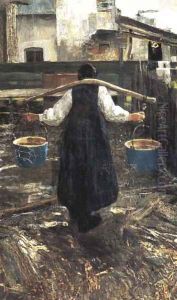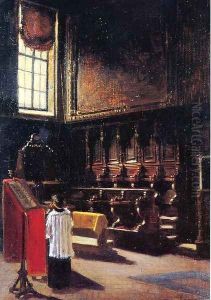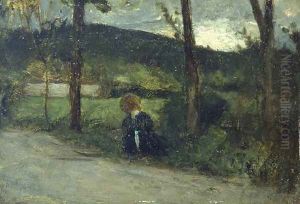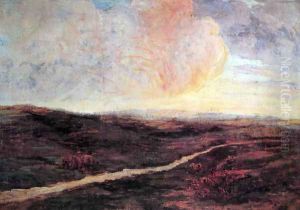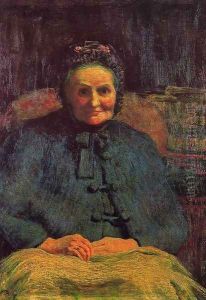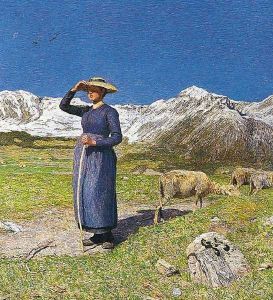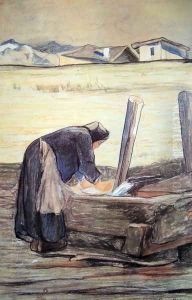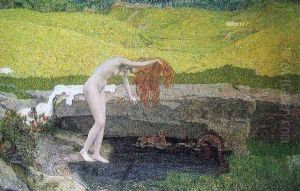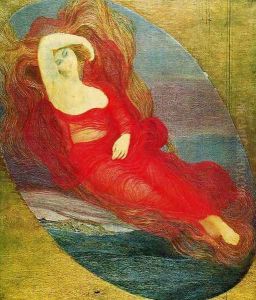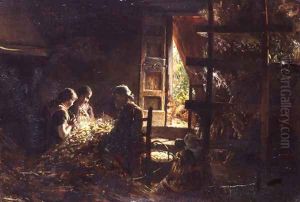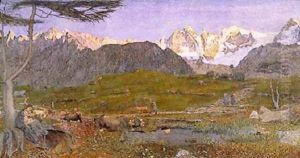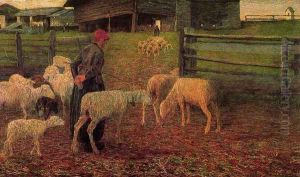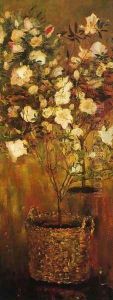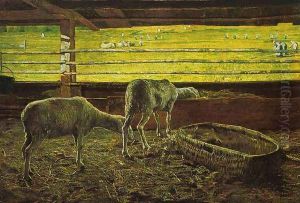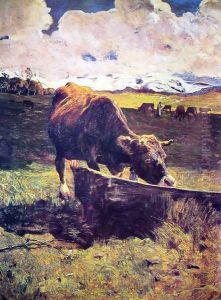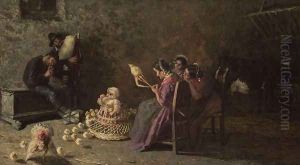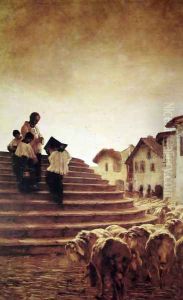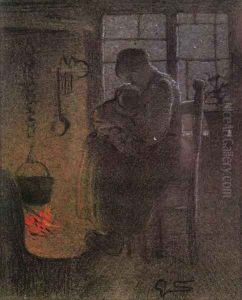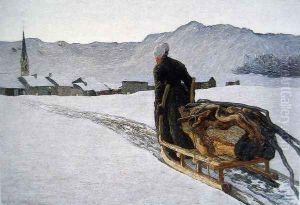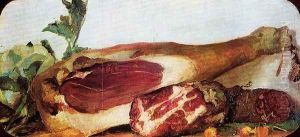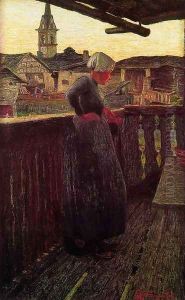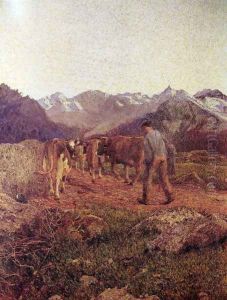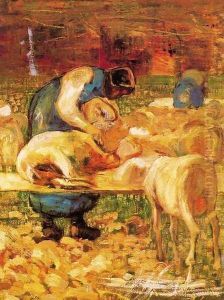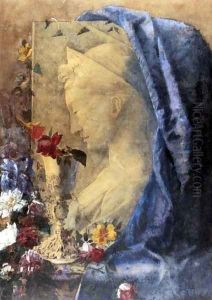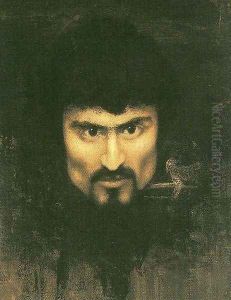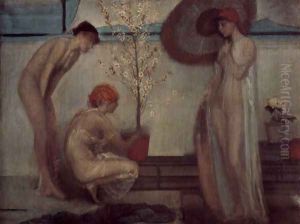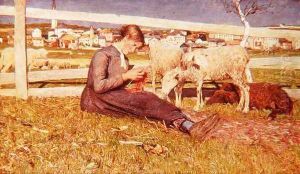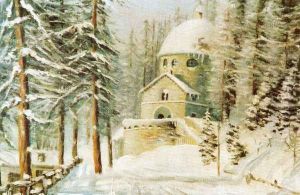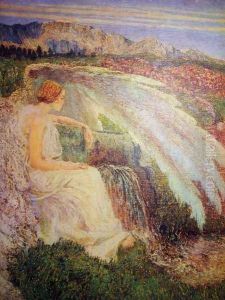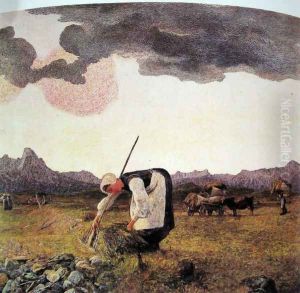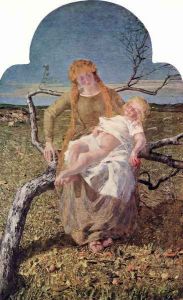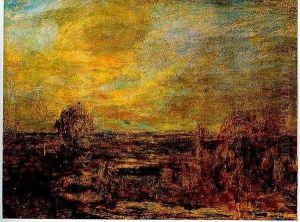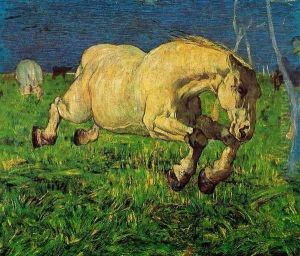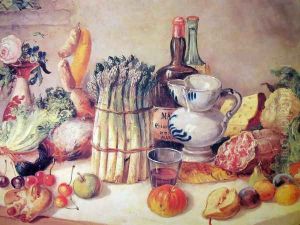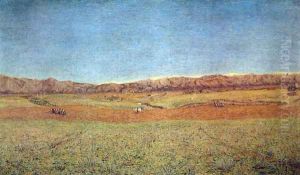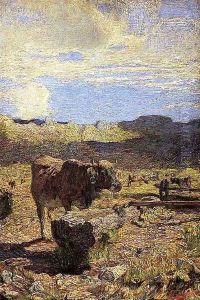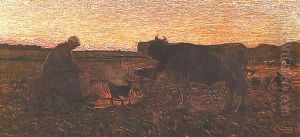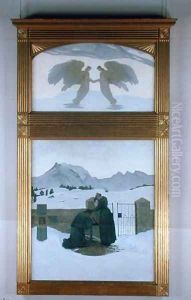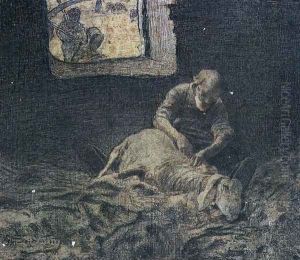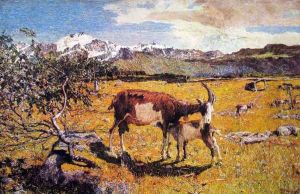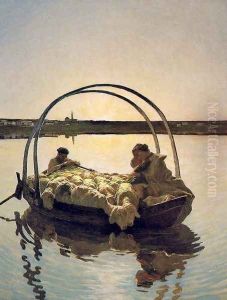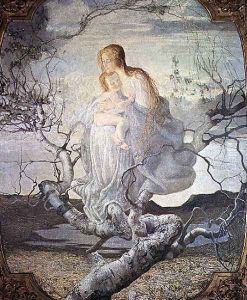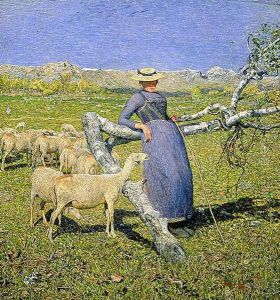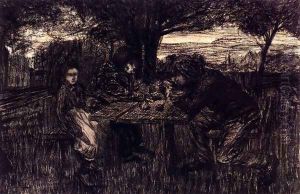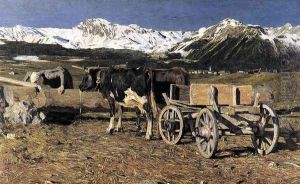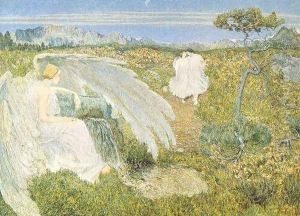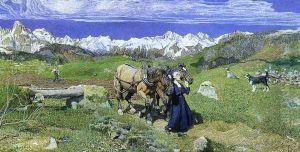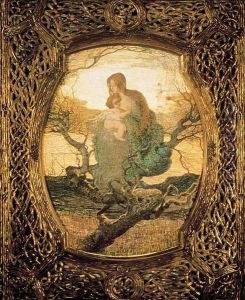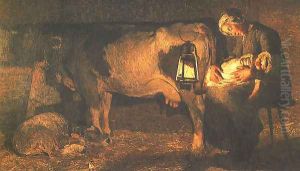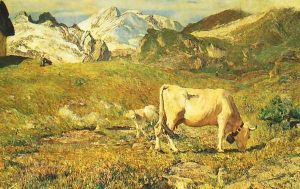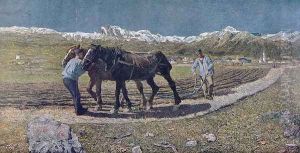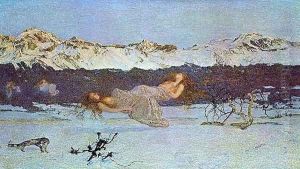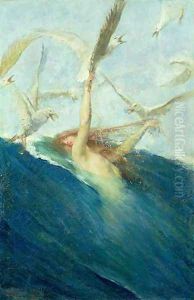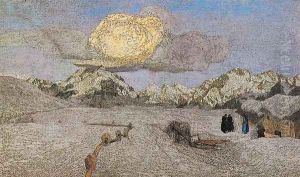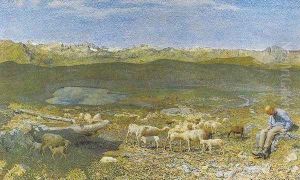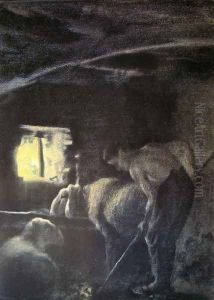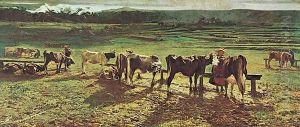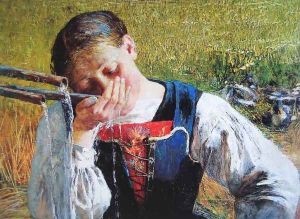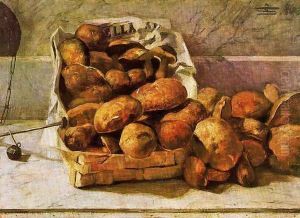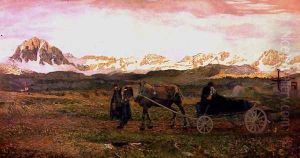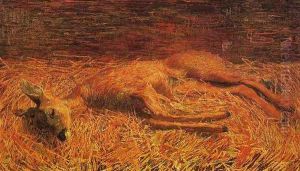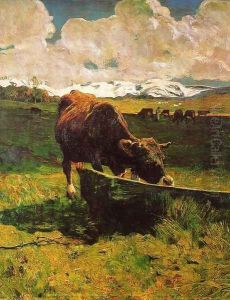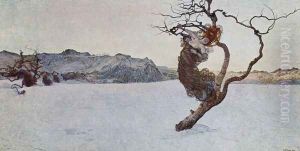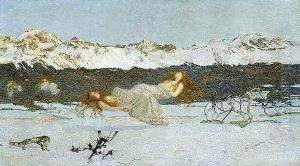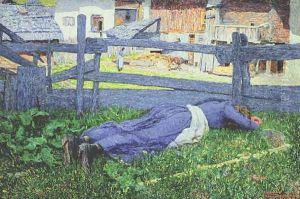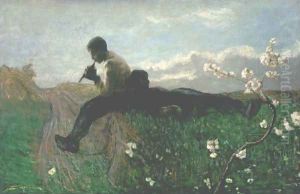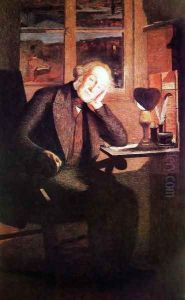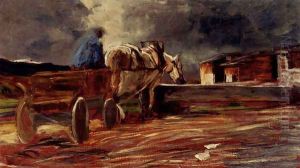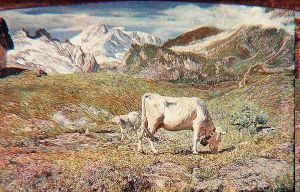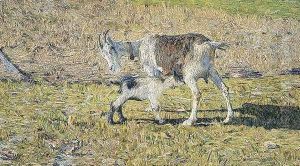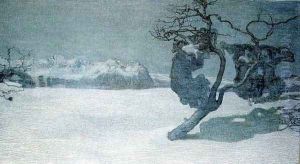Giovanni Segantini Paintings
Giovanni Segantini was an Italian painter known for his large pastoral landscapes with a unique style that blended Symbolism with the realism of the natural world. Born on January 15, 1858, in Arco, which was then part of the Austro-Hungarian Empire and is now in Italy, Segantini's early life was marked by hardship. His mother died when he was a child, and his family faced financial difficulties. As a result, he spent a period in an orphanage in Milan, where he began to show an interest in art.
Segantini's formal art education began at the Brera Academy in Milan, where he studied under Giuseppe Bertini. However, he eventually left the academy to pursue his own path in painting. His early work was influenced by the Italian tradition of 'verismo', a form of realism that focuses on everyday subjects and the lives of the poor. Segantini's works from this period often depicted the harsh realities of rural life, but with a sensitivity and beauty that distinguished his approach from others.
In the 1880s, Segantini's style evolved as he moved to the Swiss Alps, where he would live for the rest of his life. The Alpine landscape had a profound effect on his art, and he began to develop what would become his signature style, characterized by a divisionist technique of using small, distinct dots of color to create luminous scenes. This technique, related to Pointillism, allowed Segantini to capture the shimmering light and atmosphere of the high mountains. His works from this period often feature idyllic mountain scenes with figures of shepherds and animals, imbued with a sense of mysticism and spirituality.
Segantini's work was widely celebrated during his lifetime, and he was considered one of the leading artists of the Symbolist movement, although he remained somewhat apart from contemporary artistic currents, preferring isolation in the mountains. His paintings were exhibited internationally, and he received numerous awards, including a Gold Medal at the Paris Exposition Universelle in 1889.
Tragically, Segantini's life was cut short when he died at the age of 41 from peritonitis, on September 28, 1899, in the Engadine Valley near the Swiss village of Pontresina. Despite his relatively short career, Segantini left behind a body of work that has continued to be influential. His innovative techniques and his blending of naturalism with spiritual and symbolic elements have earned him a lasting place in the history of art. Today, his works are held in major museums around the world, and he is remembered as a key figure in the transition from traditional to modernist art at the turn of the 20th century.
